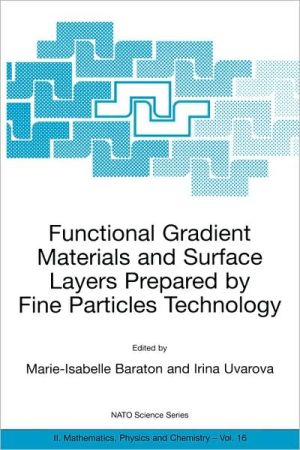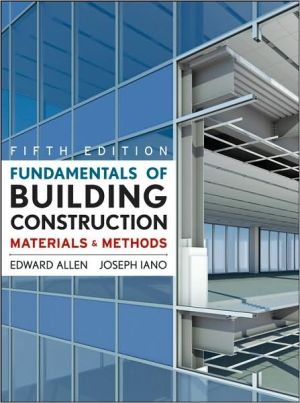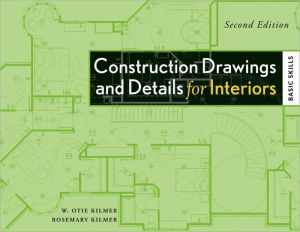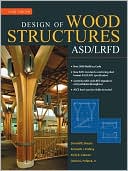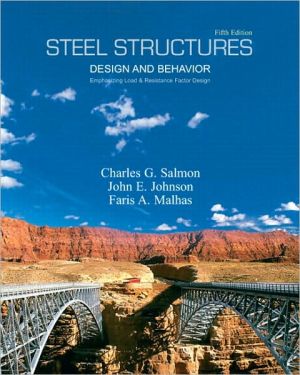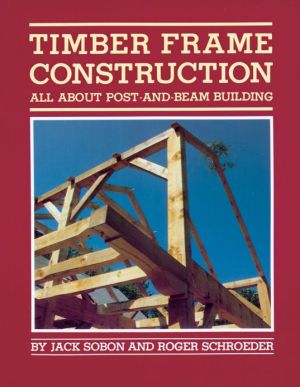Functional Gradient Materials and Surface Layers Prepared by Fine Particles Technology
The term 'functional gradient materials' was coined in Japan in the 1980s to describe a class of materials having spatially homogenous microstructures and properties. These materials can be used successfully in such applications as electronic devices, optical films, anti-wear and anti-corrosion coatings, thermal barrier coatings and biomaterials. The materials are fabricated with the use of nanoparticles, leading to greatly improved performance. Nanoparticle technology is not straightforward,...
Search in google:
The term `functional gradient materials' was coined in Japan in the 1980s to describe a class of materials having spatially homogenous microstructures and properties. These materials can be used successfully in such applications as electronic devices, optical films, anti-wear and anti-corrosion coatings, thermal barrier coatings and biomaterials. The materials are fabricated with the use of nanoparticles, leading to greatly improved performance. Nanoparticle technology is not straightforward, however, demanding a modification of methods for processing and characterization. This book provides graduate students, postdoctoral fellows, engineers and senior scientists with an in-depth review of aspects of the field, ranging from synthetic methods to a variety of applications. The different approaches to material synthesis are described, giving the reader a better understanding of the complex phenomena involved. Characterization and the evaluation of properties are also discussed. Booknews The 31 papers of this volume represent work from a NATO Advanced Study Institute meeting held in Kiev, Ukraine, in June 2000. The papers present research on topics that include chemical phenomena at the surface of nanoparticles, effect of water-soluble alumoxycarboxylates on the properties of alumina molded by die pressing, new superhard materials based on nanostructured high-melting compounds, structure and mechanical properties of quasicrystalline materials, and MD simulation of the ion-stimulated processes in Si surface layers. Baraton is with the U. of Limoges in France; Uvarova (like many of the contributors) is at the Institute for Problems of Materials Science in Kiev. Annotation c. Book News, Inc., Portland, OR (booknews.com)
PrefaceFrom nature through art to fine particle technology1New superhard materials based on nanostructured high-melting compounds: Achievements and perspectives17Nanostructured metal films: Polyol synthesis, characterization and properties33Chemical phenomena at the surface of nanoparticles45Amphiphilic templates in the synthesis of nanostructured composites - From particles to extended structures61Effect of water-soluble alumoxycarboxylates on the properties of alumina molded by die pressing69New water thinnable polymeric binders in die pressing of alumina powders75Electrical conduction in iron oxide powder coated with polymethyl methacrylate81From nanosize powders to a diesel soot converter87Nanocrystalline nickel and nickel-alumina films produced by DC and pulsed DC electroplating105Formation of fine-dispersion structures by electric-spark, laser and magnetron coating with AlN-TiB[subscript 2]/ZrB[subscript 2] composite materials111Optical gradient glasses obtained using the method of high-temperature isothermal centrifugation119Graded structures developed by laser processing of powder materials127Microwave processing of nanostructured and functional gradient materials135Application of advanced CCD camera system for diagnostics of spraying particles in-flight143Laser sintering of multilayer gradient materials151Rate-controlled sintering of nanostructured titanium nitride powders161Properties of nanocrystalline titanium nitride-based materials prepared by high-pressure sintering169Compaction and elastic relaxation of fullerite powder177Nanostructured materials for microstructural control of thermal properties183Conventional and new materials for thermal barrier coatings199Thermal expansion and wear properties of centrifugally produced Al-Si/SiC MMCs217Topical problems in the theory of technological processes for the nanostructured materials preparation225Nanostructured carbon coatings on silicon carbide: Experimental and theoretical study239Reinforced n-AlN ceramics257Structure and strength of ceramic multilayered composites265Analysis of layered composites with crack deflection controlled by layer thickness273On some problems of bending and vibrations of thin piezoccramic plates281Quasicrystalline materials. Structure and mechanical properties289MD simulation of the ion-stimulated processes in Si surface layers297Phase relations and nanocrystalline alloys in the ternary systems ZrO[subscript 2] (HfO[subscript 2])-Y[subscript 2]O[subscript 3]-La[subscript 2]O[subscript 3] (Eu[subscript 2]O[subscript 3], Er[subscript 2]O[subscript 3])305Author Index313Subject Index315
\ From The CriticsThe 31 papers of this volume represent work from a NATO Advanced Study Institute meeting held in Kiev, Ukraine, in June 2000. The papers present research on topics that include chemical phenomena at the surface of nanoparticles, effect of water-soluble alumoxycarboxylates on the properties of alumina molded by die pressing, new superhard materials based on nanostructured high-melting compounds, structure and mechanical properties of quasicrystalline materials, and MD simulation of the ion-stimulated processes in Si surface layers. Baraton is with the U. of Limoges in France; Uvarova (like many of the contributors) is at the Institute for Problems of Materials Science in Kiev. Annotation c. Book News, Inc., Portland, OR (booknews.com)\ \
